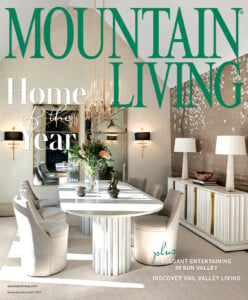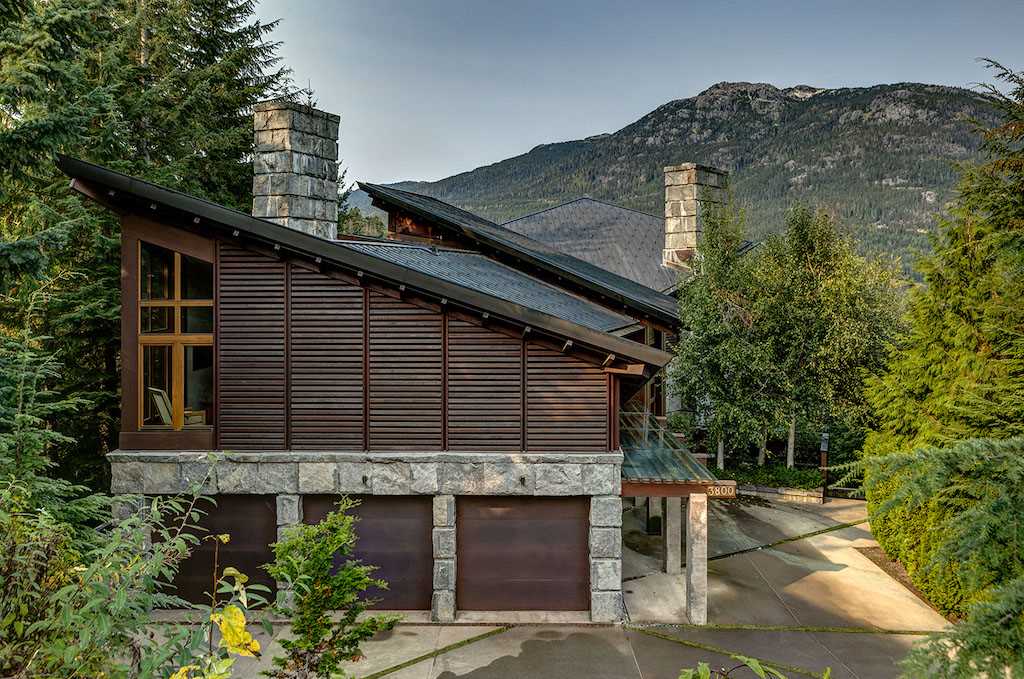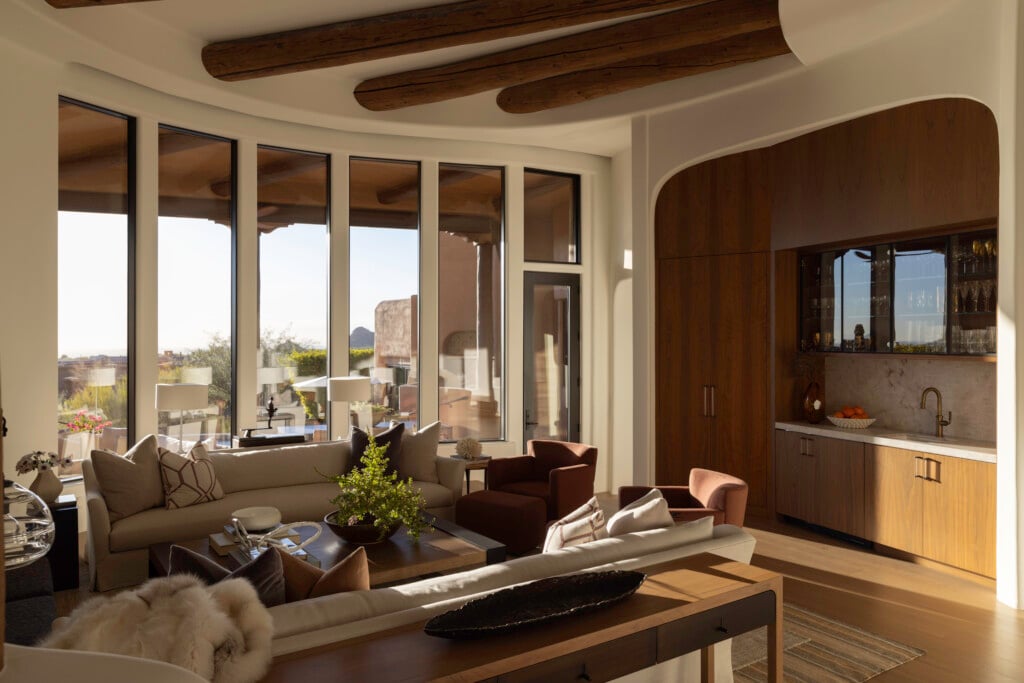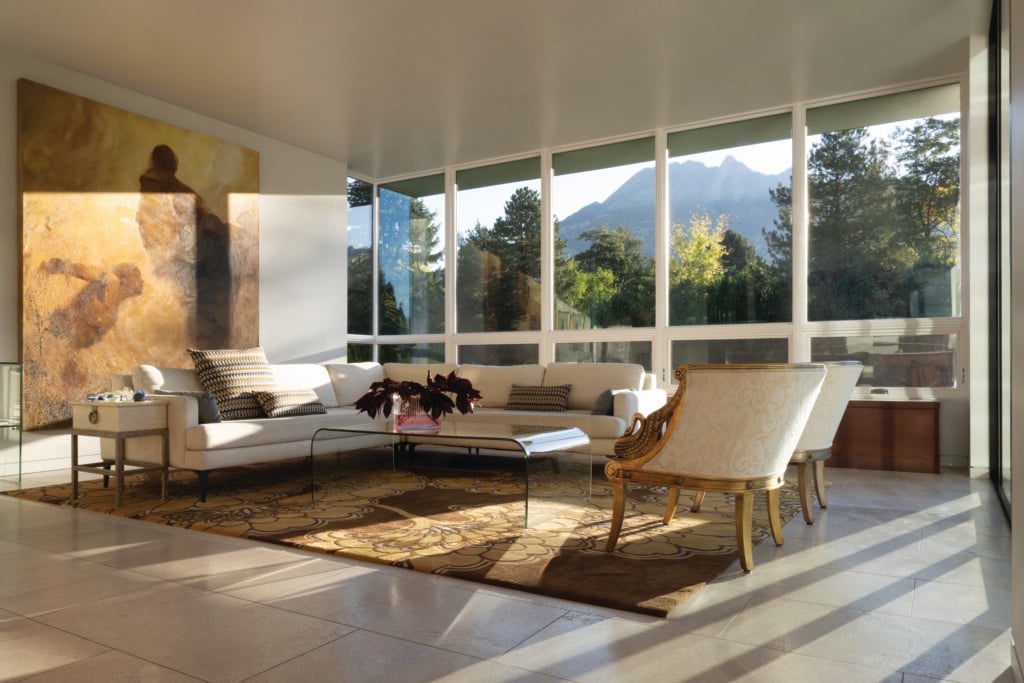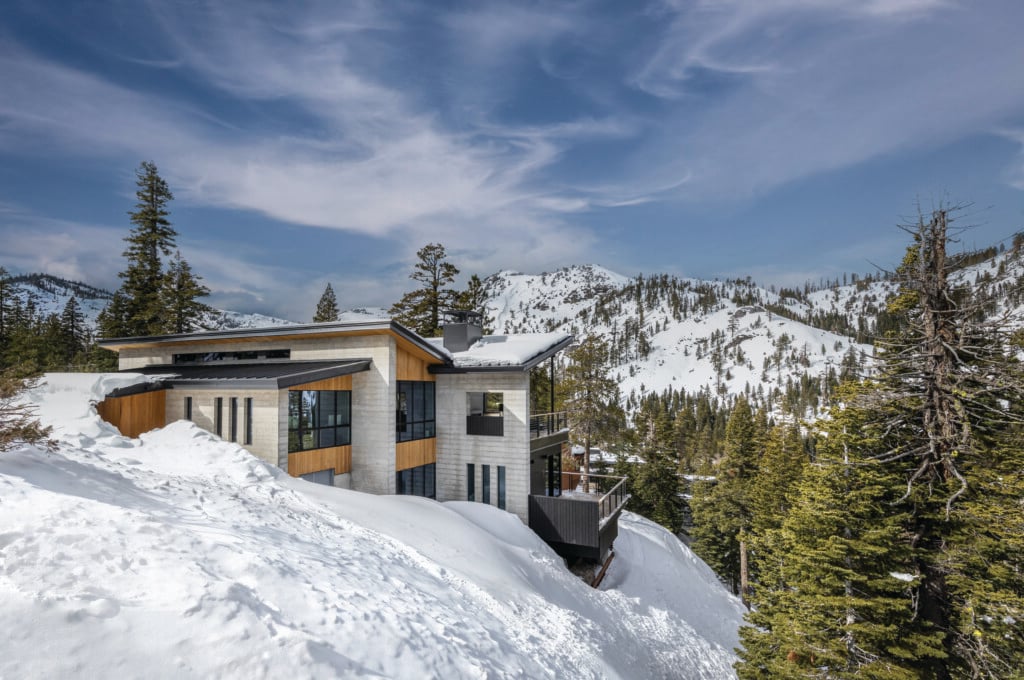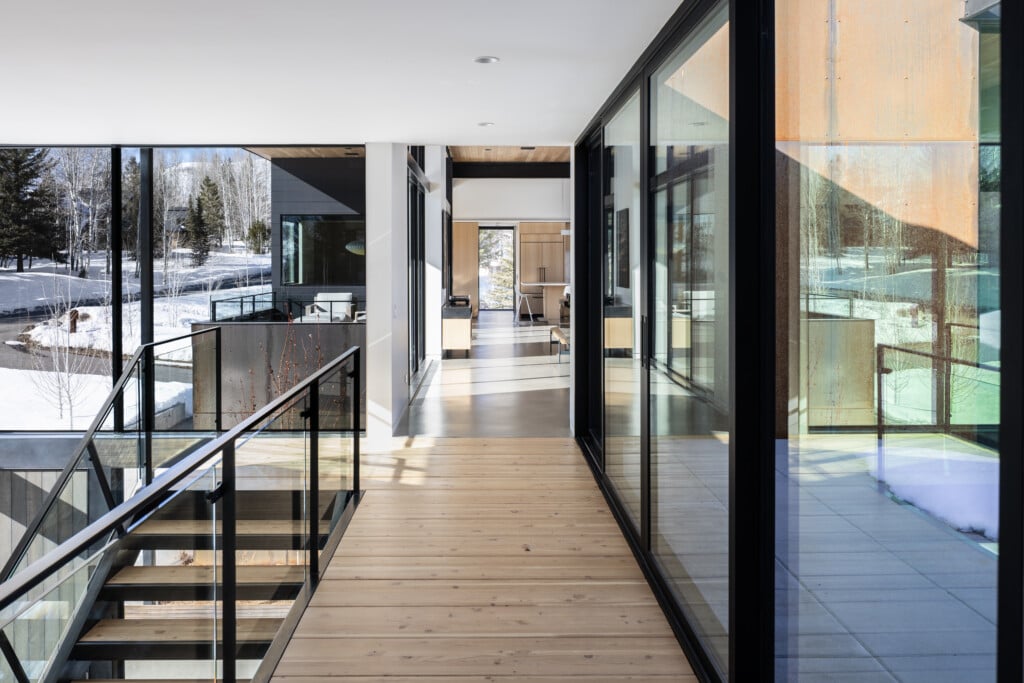How to Navigate a Remote Collaboration on a Mountain Home Design Project
A homeowner's guide to managing a successful architecture and design partnership from afar.
In an increasingly connected world, the best design team for your mountain home might not be right down the road. This project—a stunning Whistler residence—proves that with the right approach, collaboration across state—or even country—lines can be effortless and inspired.
Start with a Shared Vision and Early Collaboration
The key to managing a multi-state design team is aligning everyone around a clear vision from the outset. It’s vital for both the architect and interior designer to be involved from the start, establishing a common understanding with the client. This early collaboration ensures architectural and interior design elements are harmoniously integrated, addressing potential issues before they arise which ultimately saves time and money.
Prioritize Clear and Consistent Communication
Effective communication is the cornerstone of any collaborative project, especially when team members aren’t in the same locale. Establish clear communication protocols and expectations from day one to keep everyone aligned.
Leverage Collaborative Technology
Modern technology bridges the physical gap between team members. A robust digital framework is essential, including:
- Shared digital workspaces: Cloud-based platforms ensure collective access to files, documents and updates.
- Project management software: Tools can be used to keep tasks, timelines and responsibilities on track.
- Design-Specific Tools: Real-time collaboration on 3D models and floor plans facilitates visual communication.
Create Material Continuity and Embrace Complementary Design Languages
One of the most effective strategies for smooth collaboration is creating visual and material continuity between exterior and interior spaces. For example, in this home the same large format stone used on the home’s façade is also featured on the fireplace surround.
Working with professionals in different locations often means embracing diverse design perspectives—which can enrich the process. Blending varied design influences often leads to more dynamic, layered results—as long as there’s a strong architectural framework to tie it all together.
Collaborate with Other Specialists
A multi-state design team rarely works in isolation. Success requires everyone working from the same playbook. Clearly defined roles and responsibilities are critical to avoid redundancy and confusion. Each team member must understand their individual contributions and how they fit into the larger project framework.
The Bottom Line
This custom residence proves that geographic distance need not compromise design cohesion. What matters most is:
- Established relationships and trust among team members and clients
- A clearly articulated vision guiding independent decision-making
- Material and conceptual continuity between disciplines
- Flexible communication structures accommodating pivots
- Respect for each professional’s expertise while maintaining dialogue
In today’s connected world, the real question isn’t whether a multi-state design team can succeed. It’s whether the most talented professionals are coming together to shape your project.
Aaron Mollick, AIA and Michael Troyer are Principal Architects and owners of Studio AM Architecture & Interiors, a Seattle-based firm with projects nationwide. Visit their website or contact Studio AM at 206-659-7577.
Sponsored content provided by Studio AM Architecture & Interiors
